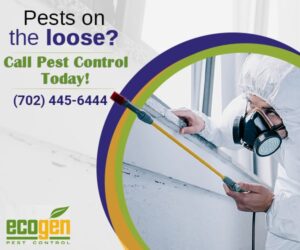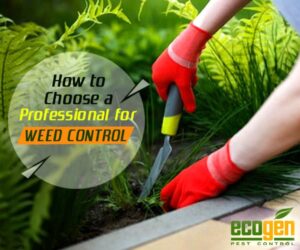Dealing with a pest infestation is stressful enough. Once the pests are gone, the next challenge is cleaning up the mess they leave behind. Pest infestations can contaminate surfaces, spread bacteria, and cause unpleasant odors.
Properly sanitizing your home after residential pest control helps protect your family’s health and prevents future problems.

Why Post-Infestation Cleaning Matters
Pests like rodents, cockroaches, and flies carry germs on their bodies and in their droppings. These can trigger allergies, asthma, and infections. Even after the pests are removed, their waste and shed skins remain. These residues can contaminate food preparation areas, furniture, and floors.
Sanitizing your home after an infestation reduces these risks. It also removes odors and restores your living space to a comfortable, safe condition.
Step 1: Remove Pest Debris Safely
Start by clearing out all visible signs of pests. This includes droppings, nests, shed skins, and dead insects. Use disposable gloves and a mask to avoid direct contact and inhaling dust.
- Use paper towels or disposable cloths to pick up debris.
- Avoid sweeping or vacuuming dry droppings, as this can release particles into the air.
- Instead, dampen the area with a disinfectant solution before wiping.
Dispose of all waste in sealed bags and remove it from your home promptly.
Step 2: Deep Clean Affected Areas
After debris removal, clean all surfaces thoroughly. Focus on kitchens, pantries, bathrooms, and any place where pests frequent.
- Wash counters, shelves, and floors with warm water and a mild detergent.
- Use a scrub brush for stubborn stains or sticky residues.
- Don’t forget hidden spots like behind appliances, inside cabinets, and under sinks.
For fabrics and soft furnishings, wash curtains, cushions, and removable covers in hot water. Steam cleaning carpets and upholstery can also help eliminate germs and odors.
Step 3: Disinfect to Kill Germs
Cleaning removes dirt, but disinfecting kills the germs pests leave behind. Use disinfectants that are safe for your family and pets but effective against bacteria and viruses.
- Apply disinfectant to all cleaned surfaces and allow it to sit for the recommended time.
- Pay special attention to food prep areas, sinks, and bathroom fixtures.
- For floors and walls, use products that won’t damage finishes.
If you prefer natural options, vinegar and hydrogen peroxide can work well, but check their suitability for your surfaces first.
Step 4: Address Odors and Air Quality
Pest infestations often leave unpleasant smells. These odors come from droppings, urine, and decaying pests.
- Ventilate your home by opening windows and using fans.
- Use activated charcoal or baking soda to absorb odors.
- Consider air purifiers with HEPA filters to reduce airborne particles.
Cleaning air ducts and changing HVAC filters can also improve indoor air quality after an infestation.
Step 5: Repair and Prevent Future Infestations
Sanitizing isn’t just about cleaning; it’s about making your home less inviting to pests.
- Seal cracks, holes, and gaps in walls, doors, and windows.
- Fix leaks and reduce moisture sources, since pests thrive in damp environments.
- Store food in airtight containers and maintain regular cleaning routines.
These steps reduce the chance that pests will return.
Professional Support for Post-Infestation Cleanup
Sometimes infestations are severe, and cleaning on your own isn’t enough. Professionals have the tools and expertise to:
- Identify all affected areas, including hidden spots.
- Use specialized cleaning and disinfecting methods.
- Provide ongoing monitoring and advice to keep pests away.
Aside from that, professional services have access to eco-friendly pest control strategies that make clean-up less of a hassle.
Maintaining a Healthy Home Environment
Sanitizing after an infestation is a critical step, but maintaining a clean and dry environment keeps pests away. Regular cleaning, proper food storage, and moisture control are your best defenses.
These routine cleanups also serve as pseudo-inspections. They are a way to help you catch problems early on. They allow you to look out for signs like droppings, gnaw marks, or unusual smells. Acting quickly prevents small issues from turning into major infestations.
When to Call in Experts
If you’re dealing with a large infestation or persistent pest problems, professional help is still the safest choice despite having to go through the post-pest control cleanup. Experts can provide thorough cleaning and targeted treatments that protect your family and pets.
They also offer advice on how to maintain a pest-free home and can monitor your property over time. This ongoing support helps you avoid future infestations and the need for repeated cleanups.
Also, with regular cleaning means that experts won’t have to use as much treatments and solutions to solve your pest problem.
So when you get pest control regularly, you also won’t have to worry about cleaning up after them as much.
Final Thoughts
Sanitizing your home after a pest infestation takes time and care. Removing debris, deep cleaning, disinfecting, and improving air quality all contribute to a healthier living space.
Combining these steps with preventative measures after availing of pest extermination services helps keep your home safe long-term.



